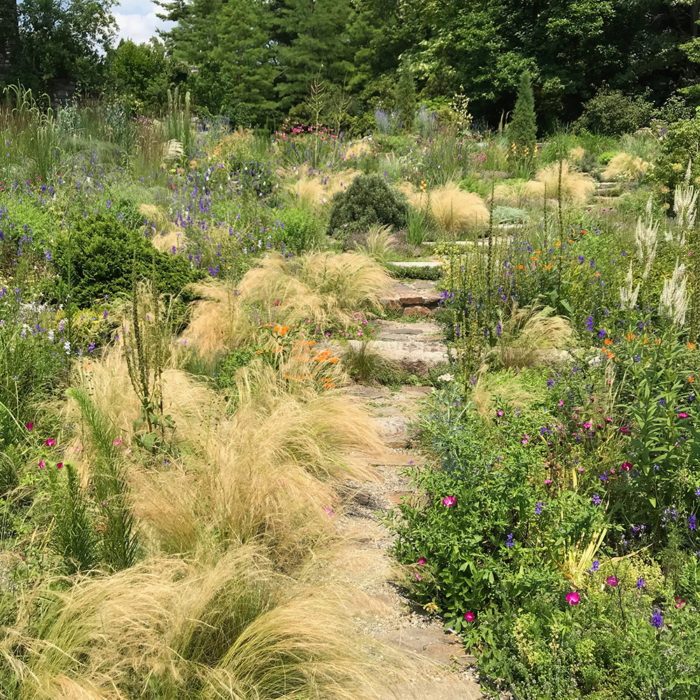
Late summer in the South is when people really start to take notice of ornamental grasses in the garden. There is good reason for this, as the heat of summer produces abundant growth and beautiful seed heads. If you are craving texture and movement in the garden, ornamental grasses are the ticket. I’ve written in the past about how to care for ornamental grasses in the garden, and that would be a good place to start. However, here I will be profiling some of the best grasses you can grow in your Southern garden.
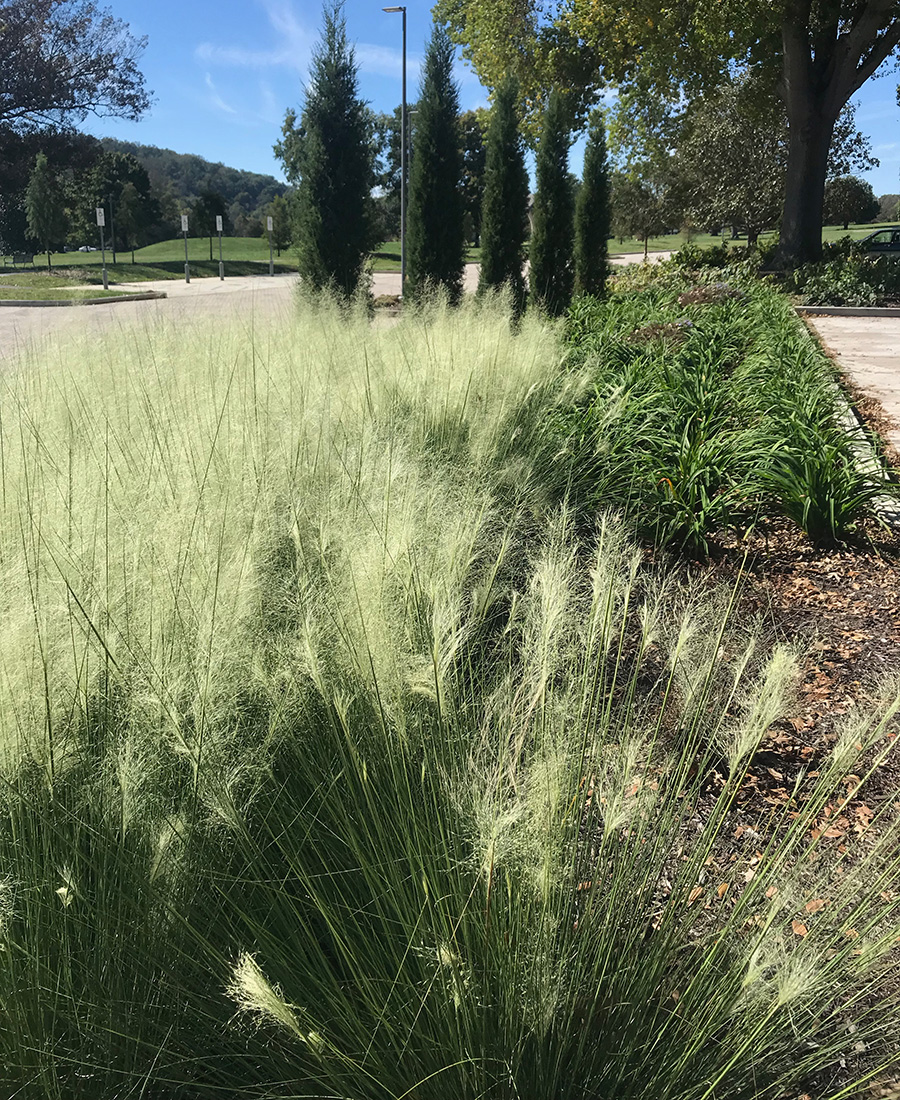
‘White Cloud’ muhly grass
Muhlenbergia capillaris ‘White Cloud’, Zones 6–10
If you know pink muhly grass (Muhlenbergia capillaris, Zones 6–10) at all, you know it’s lauded for its pink-colored plumes of billowy seed heads in the fall. The straight species of this plant is spectacular and should find a home in your garden. However, if you are looking for something slightly different, you most definitely need to check out the cultivar ‘White Cloud’. This plant replaces its pink, cotton candy crown for a white one, and the results are outstanding.
Choosing this cultivar gets you a slightly taller, more upright grass than the species. Additionally, I find that it blooms slightly later than the species. This plant loves full sun, is drought tolerant, and looks its best planted en masse.
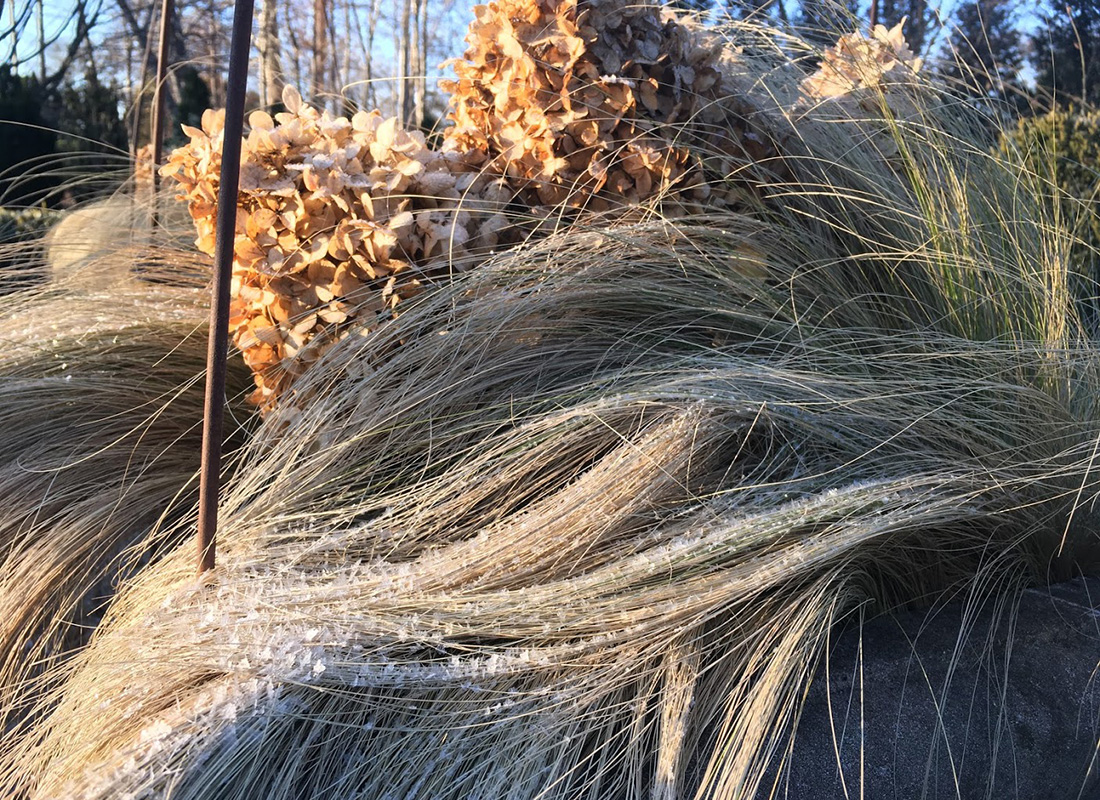
Mexican feather grass
Nassella tenuissima, Zones 7–11
There are not many other plants that can break up bold textures like Mexican feather grass. Wispy strands of this grass are captivated by the lightest of breezes. This is a cool-season native grass that will retain good color through the entire year. Bleach-blonde seed heads emerge in May and frost the tips of fine-textured foliage. Plant in dry soil and full sun. If seed heads start to tangle together on top of the grass, give it a good brushing with a rake.
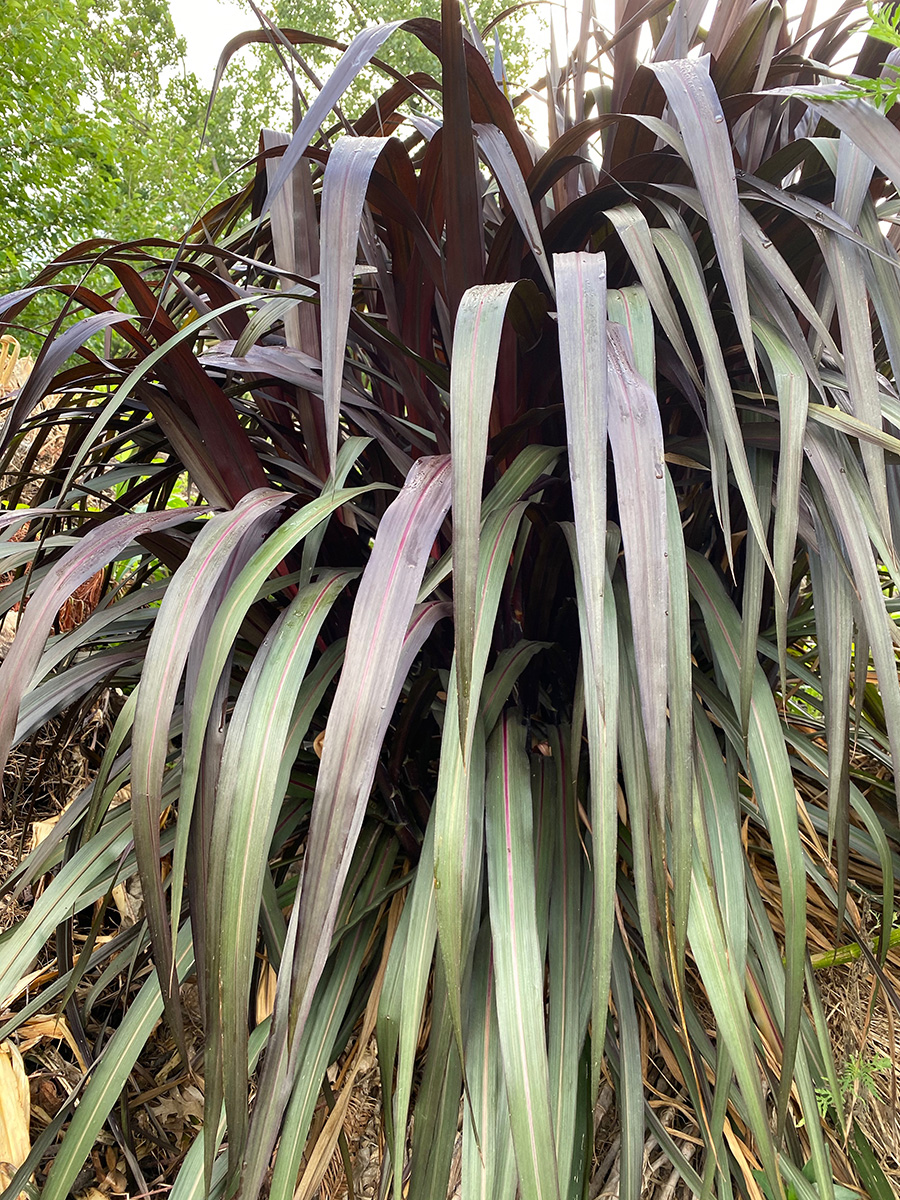
Vertigo® purple fountain grass
Pennisetum ‘Tift 8’, Zones 8–10
Georgia Agriculture Hall of Fame member Dr. Wayne Hanna has a plant breeding program out of Tifton, Georgia, that has produced a wide variety of wonderful hybrid fountain grasses. Each one of these grasses has beautiful, bold foliage. In the retail market you will find them under mostly royal-themed trademark names. Currently Vertigo®, sold in the Graceful Grasses® series, is one of the most commercially available. Some of the others include Princess Caroline™ (‘Tift 17’), Regal Princess™ (‘Tift 15’), Royal Lady™ (‘Tift 11’), and First Knight™ (‘Tift 10’). If you are in a solid Zone 8 region of the South or higher, these should all be perennially hardy for your garden.
These grasses require warm soil temperatures to wake up from dormancy, so don’t give up on them if they are slow to start in the spring. Another key to their survival is to make sure they are provided with good drainage. Additionally, always check with local authorities for regional invasiveness information, as different states have different environmental restrictions on certain tropical grasses. Vertigo® is considered to be sterile.

‘Northwind’ switchgrass
Panicum virgatum ‘Northwind’, Zones 4–9
When the conditions are right, ‘Northwind’ is a striking grass with a tight columnar form. This is one of the rare occasions where you need to do the complete opposite of everything you know you should do with plants. When ‘Northwind’ is put in full sun, in horrible soil, and is never watered beyond a short establishment period, it will do exactly what you want it to do. Many people don’t grow our native switchgrass because it gets big and floppy as the season goes on. Mistreatment (or lack of inputs by the gardener) will lead to slower, sturdier, less floppy growth.
This cultivar was introduced by Roy Diblik of Northwind Perennial Farm in Lake Geneva, Wisconsin, and was the Perennial Plant Association’s Perennial Plant of the Year in 2014. Why is ‘Northwind’ so special? It has beautiful blue green foliage and a dependable upright habit when grown under the right conditions. And just to bring home my point, the right conditions are neglect!
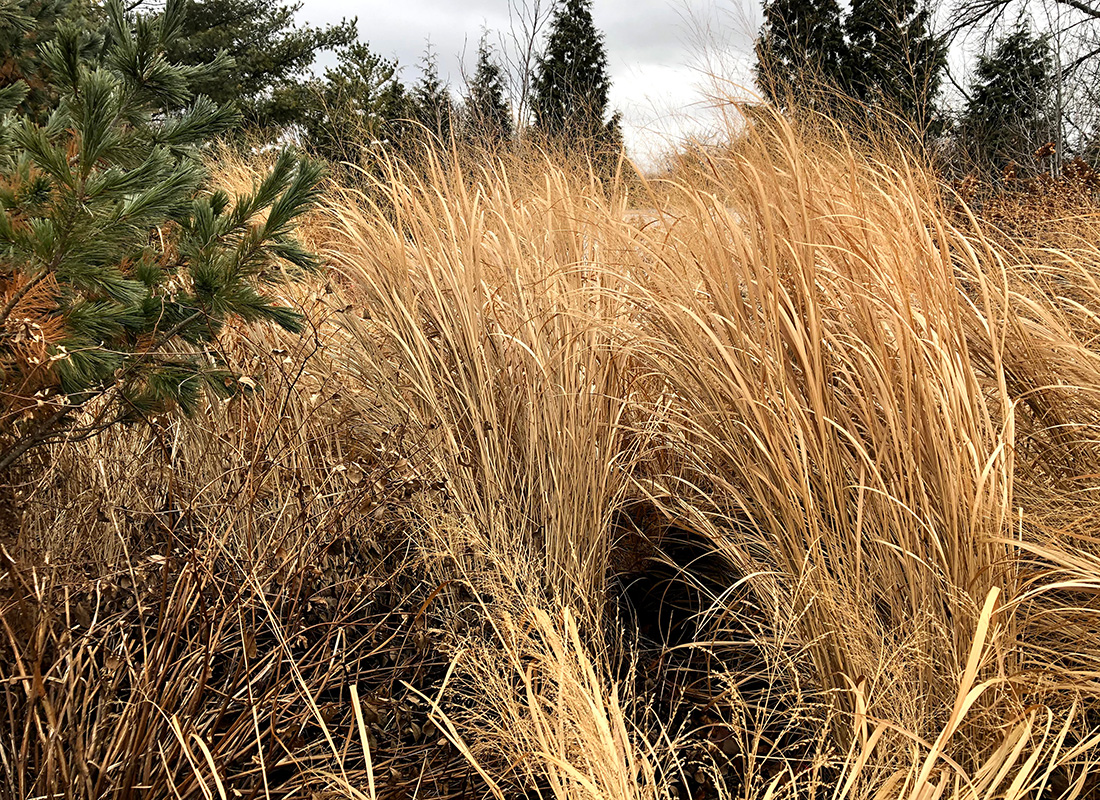
Incorporating grasses in design
When I was a new gardener, it was hard for me to find ways to incorporate ornamental grasses into my garden. Blending them into a garden can be difficult at first. One of the difficulties is knowing that ornamental grasses look best massed together in large numbers or spread around as major components in large plantings. At least, that is what we always read about in articles about ornamental grasses. This is hard for many of us who really have “collector” gardens. My home garden is a classic collector garden focused on growing as many different plants as I possibly can. I don’t have the room or desire for planting in broad sweeping brushstrokes of plants. In most cases one is enough for me. I start by adding ornamental grasses I purchase as small plants and adding them to mixed containers. The ones I like then get moved to a permanent home in the garden. Often their new home is a place where the hose can’t reach. But whatever you do, it would be hard to go wrong picking one of the above plants. And yes, just one is OK.
—Andy Pulte is a faculty member in the plant sciences department at the University of Tennessee.



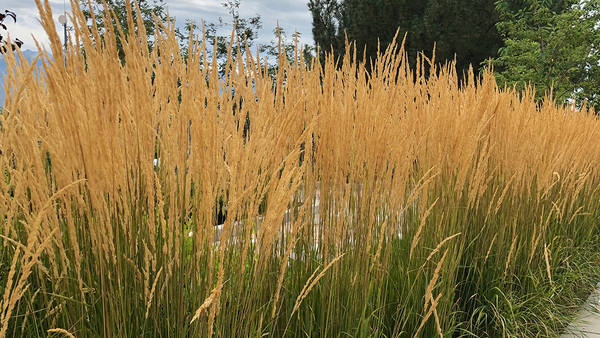














Comments
Log in or create an account to post a comment.
Sign up Log in